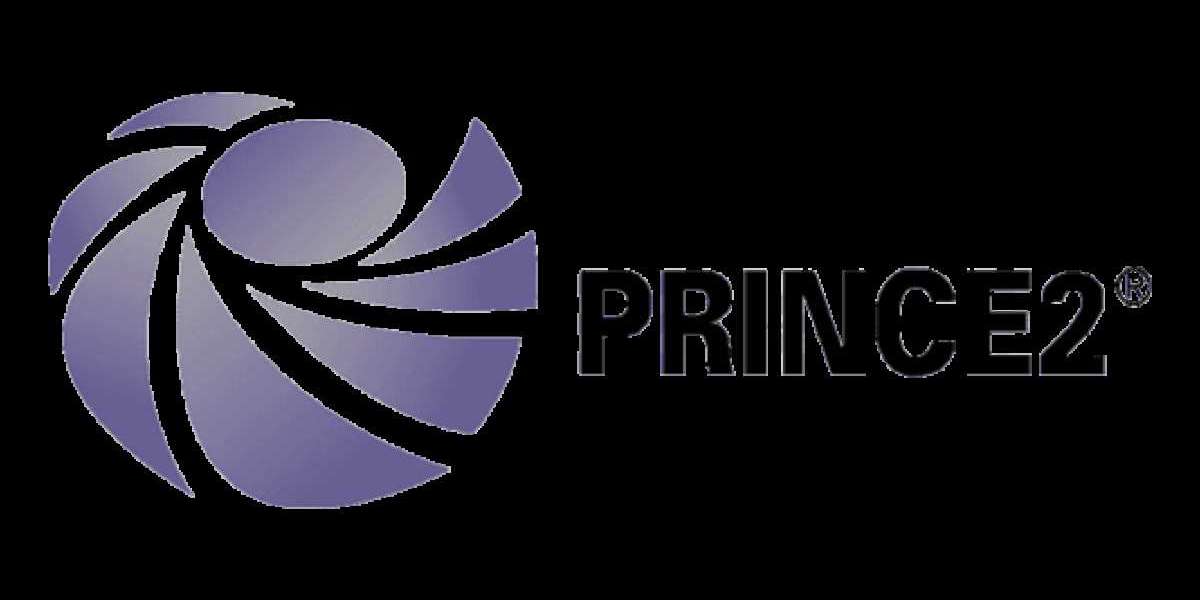What Are PRINCE2 and PMP?
A methodology, with clearly defined processes, roles, and governance structure.
- Originated in the UK for government IT projects, later extended to general projects across sectors.
- Emphasizes stages, decision points, tolerances, and “management by exception.”
PMP
- A knowledge standard, rooted in the PMBOK Guide (Project Management Body of Knowledge).
- Focuses on tools, techniques, processes, and knowledge areas (scope, time, cost, risk, etc.).
- More flexible and less prescriptive in method, leaving room for adaptation.
Why PRINCE2 Is Often the Better Option
Here are the core arguments in favor of PRINCE2:
- Prescriptive Structure = Predictability Discipline
Because PRINCE2 gives you a defined methodology—processes, roles, checkpoints—it reduces ambiguity. Teams know exactly what to do when. This structured approach helps avoid scope creep, miscommunication, or process paralysis.
- Governance Accountability Built In
PRINCE2’s concept of management by exception empowers project boards and stakeholders to stay involved at key decision points, while delegating authority for day-to-day operations. This balances agility and control.
- Tailoring to Context
While PRINCE2 is strongly structured, it is also explicitly designed to be tailored to the size, risk, complexity, and domain of the project. You don’t need the full rigor for small projects.
- Clarity of Roles Responsibilities
PRINCE2 defines governance layers and role boundaries clearly—from project board to individual team members. This clarity reduces overlap, conflict, and confusion.
- Faster Onboarding Implementation
Because the methodology is prescribed, new team members or stakeholders can be onboarded faster with less disagreement over methods. The learning curve is more straightforward than absorbing all knowledge areas of PMBOK. Many find PRINCE2 easier to grasp first.
- Better for Controlled Environments Government / Regulated Projects
Given its origin and adoption in the UK government sector, many public sector projects adopt PRINCE2 as a standard. In such environments (with audits, governance, compliance), the disciplined structure is an advantage.
- Complementable with Other Methods (e.g., Agile)
You can integrate PRINCE2 with Agile or Scrum practices (e.g. PRINCE2 Agile) so you get discipline + adaptability. Many practitioners argue PRINCE2 adapts more seamlessly with hybrid models than trying to bolt PMP knowledge areas onto agile workflows.
Potential Weaknesses Where PMP Shines
To be fair, PRINCE2 isn’t perfect. Knowing where PMP has an edge makes your argument stronger:
- Less Emphasis on Tools Techniques
PRINCE2 is about what to do, not how to do it. PMP covers a vast variety of tools, techniques, and scenario-based decision-making. - Documentation Overhead
The structured nature of PRINCE2 may lead to heavy documentation, which can be burdensome for small or agile projects. - Regional Preference Recognition
In regions like the U.S., PMP tends to be better known and more demanded by employers. - Depth vs. Breadth
PMP provides a wide, deep knowledge base across many aspects of project management; PRINCE2 is narrower in focus but more methodical.
Real-World Scenarios Where PRINCE2 Beats PMP
- In heavily regulated or government environments, where audits, gate reviews, and governance are strict.
- When you need consistent cross-project methodology across an organization for easier oversight.
- Where projects are reasonably sized and benefit from clarity of structure and roles.







